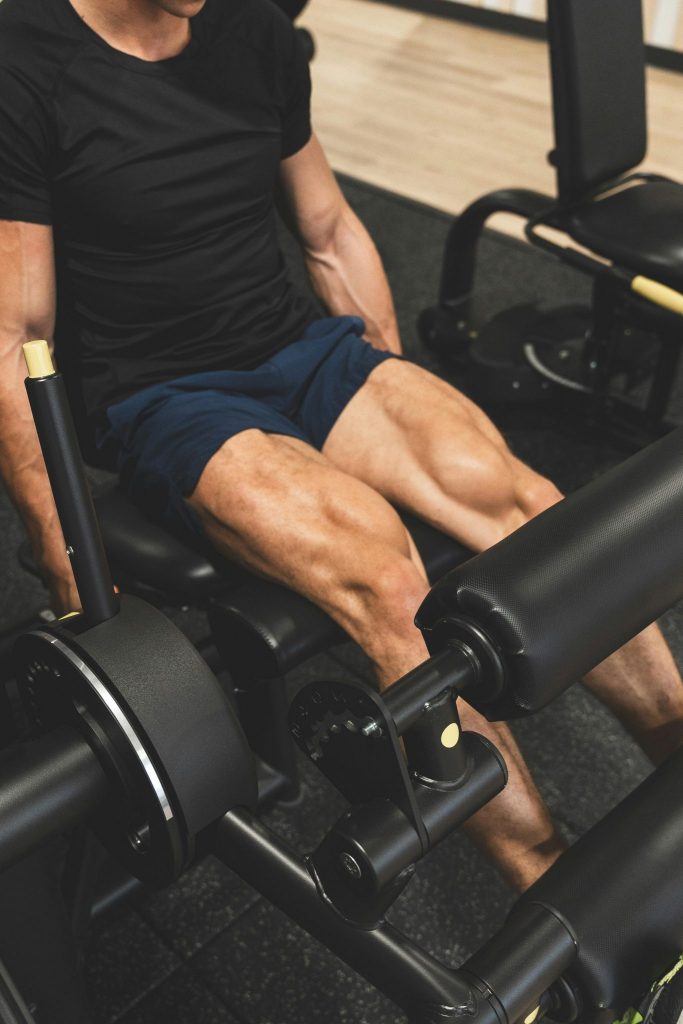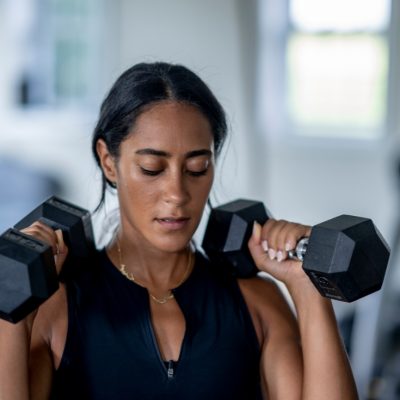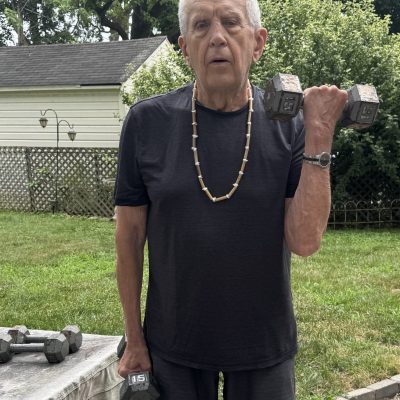
Strong legs and longevity, the science is impressive.
When it comes to living a long, active, and independent life, most people focus on heart health, nutrition, and mental well-being. And rightly so, those are critical components of healthy aging. But, there’s another key factor that’s often overlooked: leg strength.
Recent research shows a strong link between leg strength and longevity. As a trainer this makes sense! The study was published in the Journal of Gerontology: Medical Sciences. They followed thousands of participants over several years. This is not new news really! Many studies consistently link lower-body strength to longer lifespans and better quality of life in older adults.
Large muscles like the legs and glutes help us with daily activities as we age. It’s foundational to staying mobile, preventing falls, reducing injury, and maintaining independence as we age.
In this blog post, well explore the deep connection between leg strength and longevity and why building and maintaining strong legs should be a lifelong priority.
I am proud to share that I have a client turning 101 this year. He does 15 sit- to -stands with me as part of his workout (chair squats). Leg strength allows him to remain independent and mobile! When I am hired to train an older client that is losing strength to perform daily activities, I always start with a sit-to-stand. Leg strength is number one.
Why Leg Strength Matters for Longevity
As we age, our muscle mass and strength naturally decline. This process is called sarcopenia. Starting around age 30, we lose about 3 to 8% of muscle mass per decade, and this rate accelerates after age 60. While this affects the entire body, the legs are often hit the hardest.
This matters a lot. Your legs play a central role in everyday movement, from getting up out of a chair to climbing stairs or simply walking. When leg muscles weaken, tasks that once felt automatic become challenging and this loss of function can start a cascade of problems.
Heres what strong legs help you do as you age:
– Maintain balance and prevent falls
– Stay mobile and independent
– Support a healthy posture and spine
– Reduce the risk of joint pain and lower back issues
– Keep your metabolism and cardiovascular system working efficiently
You cannot deny the connection between leg strength and fall prevention. According to the CDC, falls are the leading cause of injury-related death among adults 65 and older. Stronger legs improve balance, coordination, and reaction time dramatically reducing the risk of life-altering falls.
Stronger legs mean a better chance of aging with dignity, independence, and freedom. Longevity and leg strength go hand in hand. Many people don’t realize that movements like standing from a chair, getting into a car, walking down stairs, or carrying groceries all require coordinated lower-body strength. When your legs are weak, these small daily tasks become barriers.
Functional independence, the ability to perform daily living activities without help starts with the legs. Functional independence is not just about convenience. It’s directly tied to mental health, emotional well-being, and social engagement.
Mobility = Longevity. If you want to live longer and feel better doing it, focus on mobility. And to improve mobility, you need strong, stable legs. Strong legs support your hips, knees, and ankles. These key joints often become stiff or painful with age and inactivity.
Leg training also boosts blood circulation, joint lubrication, and bone density, helping reduce your risk of arthritis, osteoporosis, and chronic pain. Regular leg exercises also engage your core and stabilizer muscles, which are essential for maintaining an upright posture and avoiding strain on your spine. This is especially important for preventing common aging issues like kyphosis (hunched posture) or chronic lower back pain.
What Happens When You Don’t Train Your Legs?
Skipping leg day isn’t just a missed opportunity, it’s a risk. Without regular stimulation, leg muscles shrink, bones weaken, and joints stiffen.
Over time, this leads to:
– Reduced mobility
– Increased fall risk
– Chronic pain
– Lower quality of life
– Earlier dependence on mobility aids or caregivers
Inactivity is a silent threat that creeps up over time. The good news? It’s never too late to turn it around.
Safe and Effective Leg Exercises for Longevity
You dont need to be a powerlifter to reap the benefits of leg training. In fact, many of the most effective leg exercises for longevity use just your body weight or light resistance.
Here are a few key exercises that promote strength, balance, and joint health:
1. Squats (sit-to-stands)- One of the most functional exercises for leg strength. Start with bodyweight and progress to using dumbbells or a chair-assisted squat if needed.
2. Step-Ups – Mimics real-world movement like stair climbing. Helps build strength and balance simultaneously.
3. Glute Bridges – Strengthens the glutes and hamstrings. Also supports spinal health and posture.
4. Lunges – Great for unilateral leg strength and balance. Reverse lunges are easier on the knees than forward lunges.
5. Calf Raises – Keeps the lower legs and ankles strong. Helps improve stability and prevent tripping.
6. Balance Work – Standing on one leg, using a wobble board, or bosu ball can enhance coordination and prevent falls. Consistency with leg training is important for longevity.
Here are some tips for long-term leg training success!
1. Prioritize form before increasing weight. Good technique protects your joints and prevents injury.
2. Dont ignore flexibility and mobility. Tight hips, hamstrings, or calves can limit your range of motion and lead to compensation patterns.
3. Use resistance bands, dumbbells, machines or body weight. Adapt the difficulty as you progress.
4. Make leg training part of your lifestyle. Climb stairs, walk more, cycle, garden. Find movement you enjoy that challenges your lower body.
5. Stay consistent. The benefits of leg strength come with regular, ongoing effort. Even 15-20 minutes a few times a week makes a difference.
6. Hire an experienced trainer to help you get on track if you are unsure. They can write you up a program that you can follow to stay safe and get the most out of leg day!
Final Thoughts: Your Legs Are Your Lifeline
If you care about aging well, walking without pain, staying independent, and enjoying an active life, training legs should be non-negotiable. Your legs aren’t just for aesthetics or athletic performance, they’re your lifeline to movement, mobility, and longevity. Strong legs carry you through life literally. Invest in them now, and they’ll pay you back for decades to come!
Need help starting a strength training program?
Contact me here for a consultation!
https://www.elissasfitness.com/contact/
Elissa XOXO





Leave a Reply